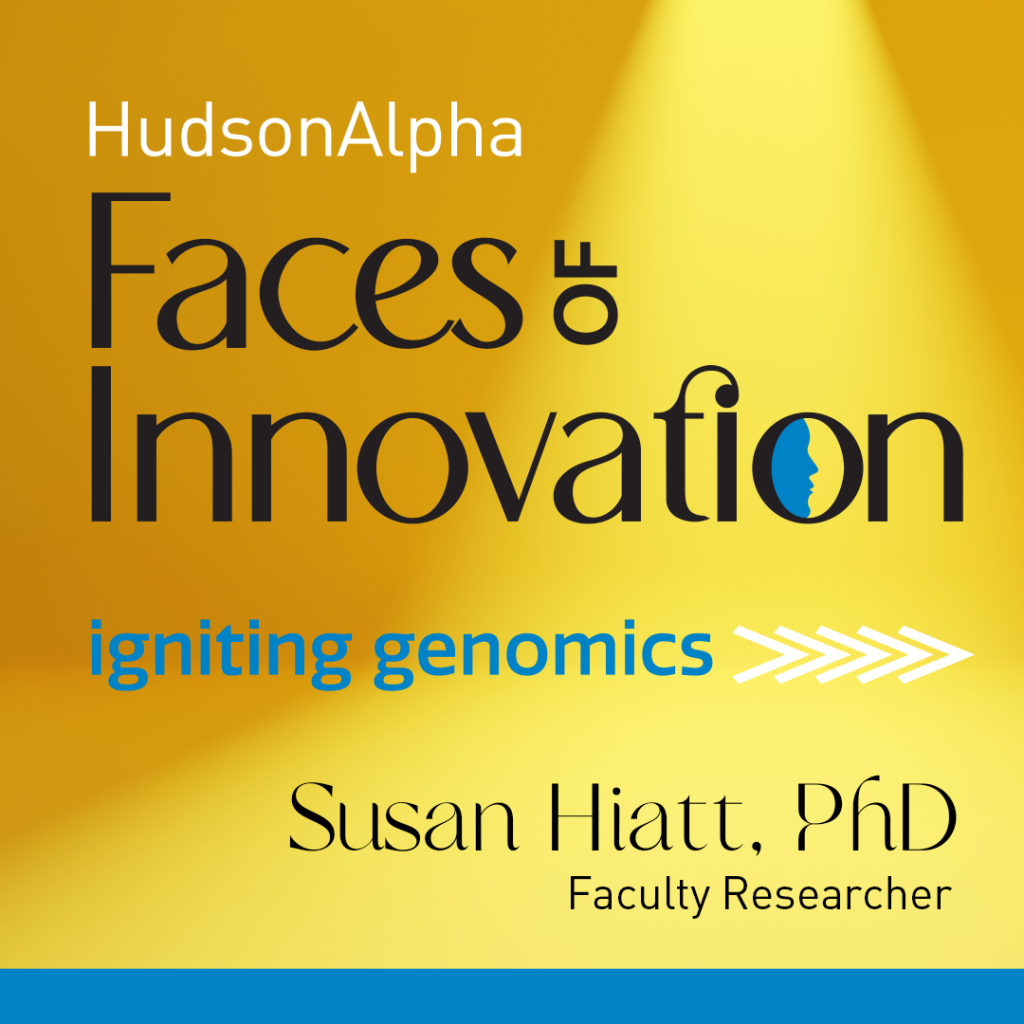Daniel Savic, PhD, is looking for switches, but he isn’t stumbling around in the dark. Savic, a postdoctoral fellow at the HudsonAlpha Institute for Biotechnology, combs the genome for specific points on DNA — called enhancers — that control when a gene is turned on or off. And he and his colleagues found a faster, more efficient and more reliable method to locate those on/off toggles, as described in a paper published this month in Genome Research.
Only about one percent of the genome contains the code that makes up our genes. And embedded somewhere in the other almost 99 percent of the genome are these genetic switches that tell the genes when they should turn on and off, and help build a cell into a neuron, for example.
To find those sites, Savic and a team of researchers from HudsonAlpha and the University of Alabama in Huntsville (UAH) combined an established technique for locating the switches — ChIP-seq — with a common method for manipulating DNA sequences for research — CRISPR/Cas9. In ChIP-seq, an antibody attaches to proteins that are part of the on/off system. Then researchers can find the locations of those switches across the genome by locating the antibody. But it’s only effective about five percent of the time. In basketball, that’s like taking 20 free throws and only making one shot.
The group at HudsonAlpha, in a close collaboration with Dr. Eric Mendenhall at UAH and also an adjunct faculty member at HudsonAlpha, wanted to improve those odds. They adapted the CRISPR/Cas9 genome-editing technology to place a beacon in those switches. Then they used ChIP-seq to find the beacon. “This method greatly enhanced our ability to identify the sites where specific transcription factor proteins were binding to the genome,” Savic said. Transcription factors are the proteins that bind to the DNA in those on/off switches.
Richard Myers, PhD, president and scientific director of HudsonAlpha, leads the lab where Savic conducted the research. “This new technique is already looking like it’s making a big difference,” Myers said.
The new method, called CETCh-seq, could revolutionize scientific understanding of the function of all those switches, especially when they are malfunctioning. For many diseases, including cancers, the on/off systems are often damaged or even destroyed.
“We can now begin to understand the specific role of these transcription factor proteins and their DNA ‘switches’ directly in disease,” Savic said. “Ultimately, the goal is to better understand diseases on a molecular level, a necessity for developing better and more targeted drugs to treat these catastrophic illnesses.
Co-authors of the paper include Christopher Partridge, PhD; Kimberly Newberry; Sarah Meadows; Brian Roberts; Mark Mackiewicz, PhD; Richard Myers, PhD, all of HudsonAlpha; Sophia Smith of UAH; and Eric Mendenhall, PhD, of both UAH and HudsonAlpha.


